Author Archives: Todd Hoff
Author Archives: Todd Hoff
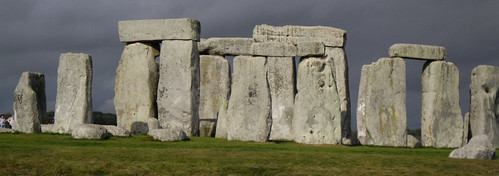
This is a guest Post by Jake Lumetta, Founder and CEO, ButterCMS, an API-first CMS. For more content like this, follow @ButterCMS on Twitter and subscribe to our blog.
Conventional wisdom for startups counsels starting with a monolith, but are there situations where you should start with microservices instead? Interviews with dozens of CTOs illuminated the key considerations when deciding whether to start with a monolith or microservices.
My good friend Darby Frey recently kicked off a greenfield project after assuming his new role as Sr. Platform Engineering Lead of Gamut. Despite starting out with monolith at his previous company Belly, he discovered that — in the right circumstances — starting with a monolith isn’t always the best way to go.
“As one does, I allowed much of my thinking in my early days [at my new company] to be influenced by my previous company,” Darby told me.
At Belly, Darby and his team broke down their monolith into a fairly large microservices architecture. They managed to get it to a good place, but only after months of trials and tribulations migrating to microservices.
With this experience fresh in his mind, he approached his new project Continue reading
Hey, it's HighScalability time:

Whiskey still? Chandelier? Sky city? Nope, it's IBM's 50-qubit quantum computer. (engadget)
If you like this sort of Stuff then please support me on Patreon. And I'd appreciate your recommending my new book—Explain the Cloud Like I'm 10—to anyone who needs to understand the cloud (who doesn't?). I think they'll like it. Now with twice the brightness and new chapters on Netflix and Cloud Computing.
Technology shapes and forms. A Roman war chariot could still ride to battle on a modern road. Songs are typically about 3 minutes long because a 78rpm record held about three minutes of sound per side. So it shouldn't be a surprise streaming—a new technology for distributing music—pounds songs, business models, and production methods into new shapes fitting a new medium.
How would artists respond to near zero digital production costs, zero marginal distribution costs, and streaming's pay per play business model? Uniquely, as described in great detail in the podcast WS More or Less: Why Albums are Getting Longer.
Michael Jackson's Thriller album had nine tracks and runs at just over 42 minutes. Chris Brown released Heartbreak on a Full Moon, an album with 45 tracks and runs well over 2 hours. Albums are getting longer.
Why? You get what you measure.
1500 plays or streams of a track from a single album counts as a record sale. So the longer the album the fewer people have to listen to the whole thing to increase record sales. Record sales are how chart rankings are determined. Doing better in the charts gets you more exposure, which Continue reading
Hey, it's HighScalability time:

All we know about how the universe works. The standard model and mind blowing video.
If you like this sort of Stuff then please support me on Patreon. And I'd appreciate your recommending my new book—Explain the Cloud Like I'm 10—to anyone who needs to understand the cloud (who doesn't?). I think they'll like it. Now with twice the brightness and new chapters on Netflix and Cloud Computing.
“Todd, can you explain ‘The Cloud’? What is it?” I was asked this question at lunch by Joe, a fellow tour member on a recent trip Linda (my wife) and I took to France.
It was not a question I was expecting on vacation, but with many years of experience as a programmer, a lot of it spent in cloud computing, it’s a question I should have been able to knock out of the park.
Except I didn’t. My answer stank. I hemmed and hawed. I stuttered and sputtered. I could tell that nothing I said was making any sense. I gave a horrible answer, and it has haunted me ever since.
While talking, I noticed a lot of other people at the table were interested in my answer as well. It seemed a lot of smart people were confused about the cloud.
When I got back home I did a lot of research. I was trying to redeem myself by finding the perfect book to recommend. I couldn't find one! So I decided to write Explain the Cloud Like I'm 10. It's the answer I wish I'd given Joe in Continue reading
Hey, wake up, it's HighScalability time:
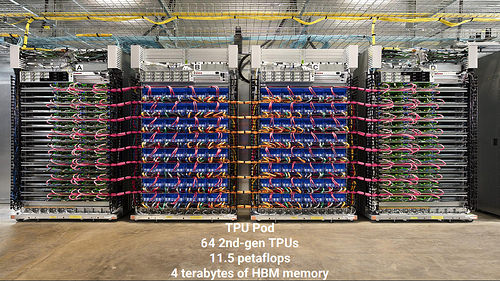
Merry Christmas and Happy New Year everyone! I'll be off until the new year. Here's hoping all your gifts were selected using machine learning.
If you like this sort of Stuff then please support me on Patreon. And I'd appreciate your recommending my new book—Explain the Cloud Like I'm 10—to anyone who needs to understand the cloud (who doesn't?). I think they'll like it. Now with twice the brightness and new chapters on Netflix and Cloud Computing.

This article is a chapter from my new book Explain the Cloud Like I'm 10. The first release was written specifically for cloud newbies. I've made some updates and added a few chapters—Netflix: What Happens When You Press Play? and What is Cloud Computing?—that level it up to a couple ticks past beginner. I think even fairly experienced people might get something out of it.
So if you are looking for a good introduction to the cloud or know someone who is, please take a look. I think you'll like it. I'm pretty proud of how it turned out.
I pulled this chapter together from dozens of sources that were at times somewhat contradictory. Facts on the ground change over time and depend who is telling the story and what audience they're addressing. I tried to create as coherent a narrative as I could. If there are any errors I'd be more than happy to fix them. Keep in mind this article is not a technical deep dive. It's a big picture type article. For example, I don't mention the word microservice even once :-)
Netflix seems so simple. Press play and video magically Continue reading
Hey, it's HighScalability time:
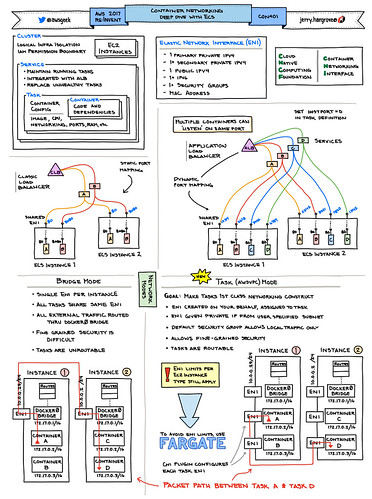
AWS Geek creates spectacular visual summaries.
If you like this sort of Stuff then please support me on Patreon. And please recommend my new book—Explain the Cloud Like I'm 10—to those looking to understand the cloud. I think they'll like it.

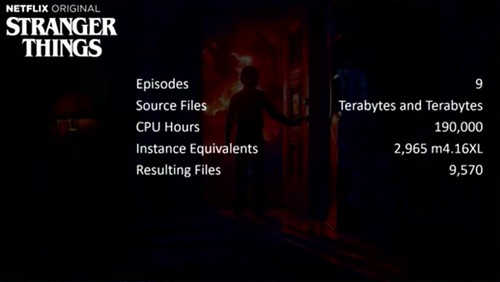
Netflix used their internal spot market to save 92% on video encoding costs. The story of how is told by Dave Hahn in his now annual A Day in the Life of a Netflix Engineer. Netflix first talked about their spot market in a pair of articles published in 2015: Creating Your Own EC2 Spot Market Part 1 and Part 2.
The idea is simple:
Netflix runs out of three AWS regions and uses hundreds of thousands of EC2 instances; many are underutilized at various parts in the day.
Video encoding is 70% of Netflix’s computing needs, running on 300,000 CPUs in over 1000 different autoscaling groups.
So why not create a spot market to process video encoding?
As background, Dave explained the video encoding process:
Hey, it's HighScalability time:
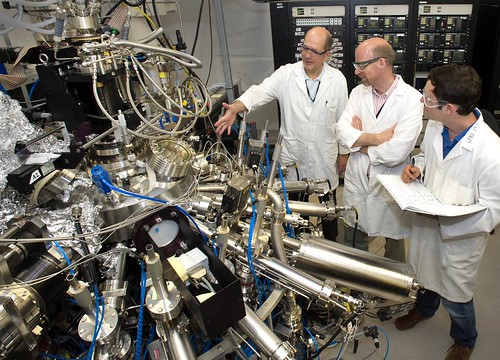
Isn't this all of software? @thomasfuchs: Here we see a group of JavaScript engineers implementing a method that adds two numbers
If you like this sort of Stuff then please support me on Patreon. And there's my new book, Explain the Cloud Like I'm 10, for complete cloud newbies.

Hey, it's HighScalability time:
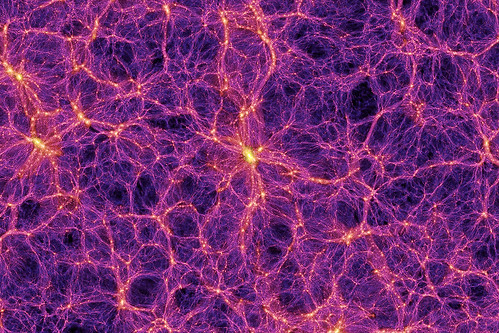
The BOSS Great Wall. The largest structure yet found in the universe. Contains 830 galaxies. A billion light years across. 10,000 times the mass of the Milky Way.
If you like this sort of Stuff then please support me on Patreon. And there's my new book, Explain the Cloud Like I'm 10, for complete cloud newbies.
Hey, it's HighScalability time:
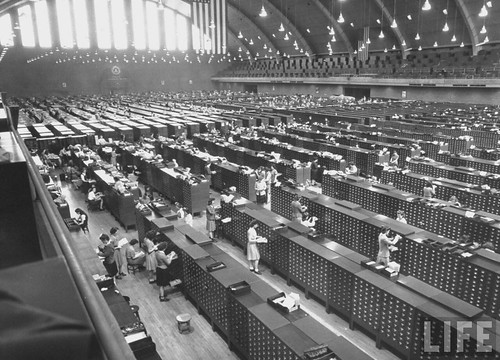
Ah, the good old days. This is how the FBI stored finger prints in 1944. (Alex Wellerstein). How much data? Estimates range from 30GB to 2TB.
If you like this sort of Stuff then please support me on Patreon. Also, there's my new book, Explain the Cloud Like I'm 10, for complete cloud newbies.

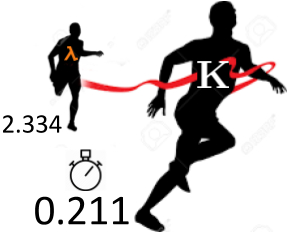
This is a guest post by Russell Sullivan, founder and CTO of Kuhirō.
Serverless is an emerging Infrastructure-as-a-Service solution poised to become an Internet-wide ubiquitous compute platform. In 2014 Amazon Lambda started the Serverless wave and a few years later Serverless has extended to the CDN-Edge and beyond the last mile to mobile, IoT, & storage.
This post examines recent innovations in Serverless at the CDN Edge (SAE). SAE is a sea change, it’s a really big deal, it marks the beginning of moving business logic from a single Cloud-region out to the edges of the Internet, which may eventually penetrate as far as servers running inside cell phone towers. When 5G arrives SAE will be only a few milliseconds away from billions of devices, the Internet will be transformed into a global-scale real-time compute-platform.
The journey of being a founder and then selling a NOSQL company, along the way architecting three different NOSQL data-stores, led me to realize that computation is currently confined to either the data-center or the device: the vast space between the two is largely untapped. So I teamed up with some Continue reading
Hey, it's HighScalability time:
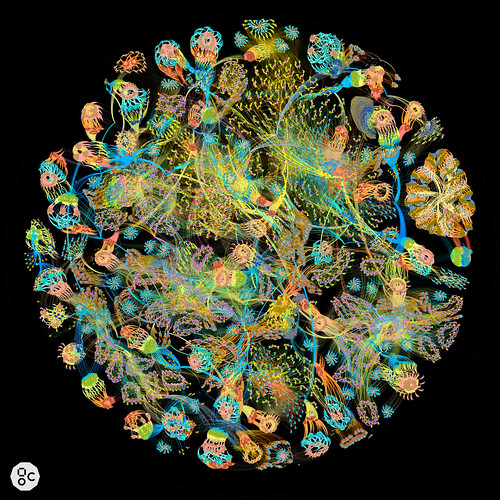
Luscious visualization of a neural network as a large directed graph. It's a full layout of the ResNet-50 training graph, a neural network with ~3 million nodes, and ~10 million edges, using Gephi for the graph layout, to output a 25000x25000 pixel image. (mattfyles)
If you like this sort of Stuff then please support me on Patreon. And take a look at Explain the Cloud Like I'm 10, my new book for complete cloud newbies. Thanks for your support! It means a lot to me.
Hey, it's HighScalability time:
How a mutex works pic.twitter.com/TwFLAVs2yd
— ☠️??Cody??☠️ (@valarauca1) October 21, 2017
Perfect! Now, imagine a little dog snuck under Big Dog's cone of shame and covered the food with its own cone of shame, and it won't leave. That's deadlock. Imagine a stream of little dogs sneaking under Big Dog's cone so Big Dog nevers gets a bite. That's livelock.


This is a guest by Michele Palmia, now @EyeEm, good times @IBM, @UniPd and @UCC.
We’ve now been running computer vision models in production at EyeEm for more than three years - on literally billions of images. As an engineer involved in building the infrastructure behind it from scratch, I both enjoyed and suffered the many technical challenges this task raised. This journey has also taught me a lot about managing processes and relationships with different teams, tasks of an especially challenging nature in a dynamic startup environment.
What follows is an attempt to consolidate the computer vision pipeline history at EyeEm, some of the challenges we had to face, some of the learning we’ve gained, and a glimpse into its future.